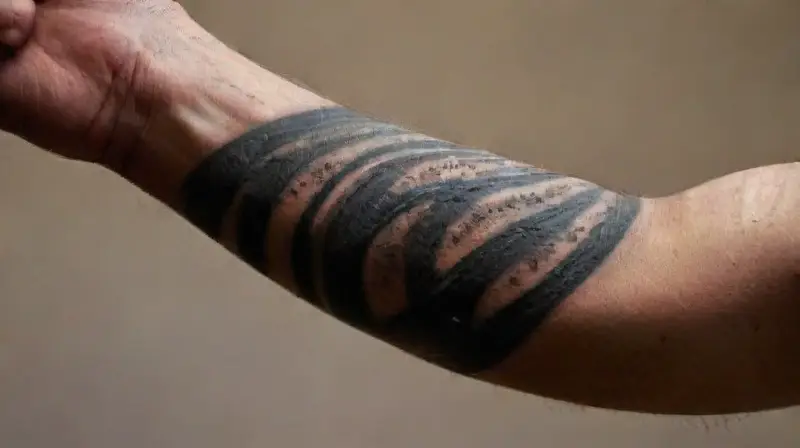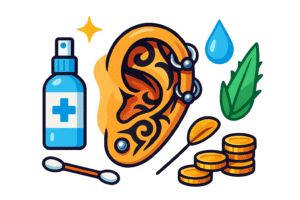Throughout history, body modifications have played a vital role in human societies, serving as symbols of identity, status, and cultural heritage. Among these modifications, tribal tattoos stand out as deeply meaningful expressions tied to various cultural practices. These tattoos are often more than mere decoration; they are powerful markers of personal and communal milestones.
In many indigenous cultures, these markings are closely linked to rites of passage—ceremonies that mark important transitions in an individual’s life. Whether it is the transition from childhood to adulthood or the assumption of a new social role, these tattoos serve as enduring symbols of transformation and belonging.
Historical Background
Tribal tattoos have an ancient origin, with evidence dating back thousands of years across different continents. These markings have been used to signify clan affiliation, spiritual beliefs, and social status. Each design holds specific meaning, often passed down through generations.
Historically, the process of tattooing was a significant ritual in itself, involving elaborate ceremonies and social participation. The skills required to create these designs were highly valued, and the tattoos often served as a legacy for future generations.
Cultural Significance
In many tribal societies, tattoos symbolize identity and social standing within the community. They often denote achievements, such as battles fought, rites completed, or status gained. These symbols foster a sense of belonging and pride among community members.
The designs chosen are deeply connected to mythology and spiritual beliefs, serving as a bridge between the physical world and the divine. They function as protections, blessings, or symbols of spiritual guidance.
Rituals and Ceremonies

The process of receiving a tribal tattoo is typically embedded within a ritual that emphasizes spiritual purification and readiness. This ceremony may involve fasting, singing, dancing, and the guidance of ancestral spirits.
Tattooing sessions are often performed by skilled practitioners who are part of a sacred tradition. The act of tattooing itself is viewed as an initiation, a rite that prepares the individual for their new life stage.
Symbols and Designs
Different tribes utilize specific symbols that hold unique meanings. For example, geometric patterns may represent strength or protection, while animal motifs can symbolize courage or agility. The designs are often customized to reflect personal journeys.
The complexity of these patterns varies, but each element is carefully chosen to communicate identity and spiritual beliefs. This symbolism turns tattoos into a visual language that connects individuals to their ancestors and cultural heritage.
Modern Resurgence

In recent decades, there has been a renewed interest in tribal tattooing, both within and outside indigenous communities. Many people seek to honor their ancestry through authentic designs and methods.
However, this resurgence raises questions about cultural appropriation and respect. It is important to understand the meaning behind the symbols and the significance of the rituals involved before adopting such art. Respect for the traditions ensures that this practice continues to honor its original purpose.
Ethical Considerations
As tribal tattoos gain popularity worldwide, ethical concerns emerge regarding cultural ownership and representation. Using authentic symbols without proper understanding can diminish the significance and respect meant to accompany them.
Advocates emphasize the importance of collaboration with indigenous communities and authentic traditions. Recognizing the cultural context behind these tattoos fosters appreciation rather than exploitation.
Conclusion
Tribal tattoos are more than just decorative art; they are profound symbols of cultural identity and personal transformation. Rooted in rituals and traditions, these markings serve as lasting testaments to important life passages within indigenous societies.
Respecting the history and meaning of tribal tattoos is essential as their popularity continues to grow. By understanding and honoring these traditions, individuals can connect more deeply with the cultural heritage they represent and preserve their significance for future generations.




